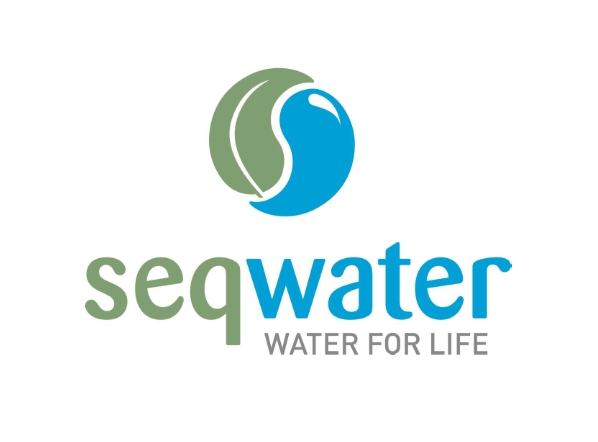- Home
- Resources & Information
-
-
Resources & Information
-
Member Resources
- ICOLD Website Login
- ICOLD Circulars
-
-
- News & Events
- Membership
-
-
ANCOLD Membership
-
-
-
- About Us
Home » WA – The Roy Hill Iron Ore Mine Development










